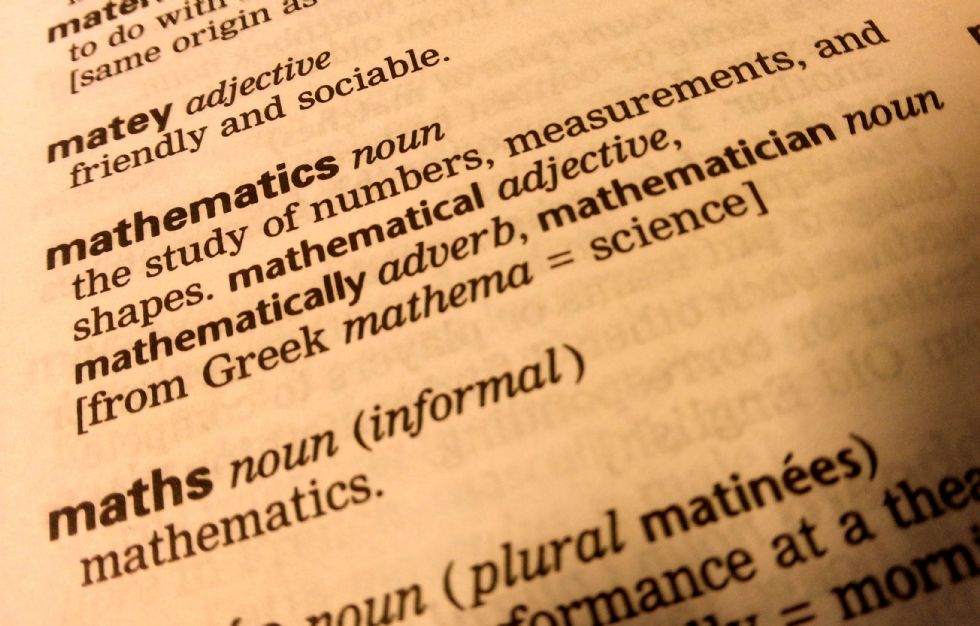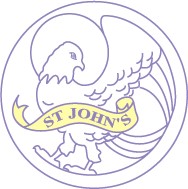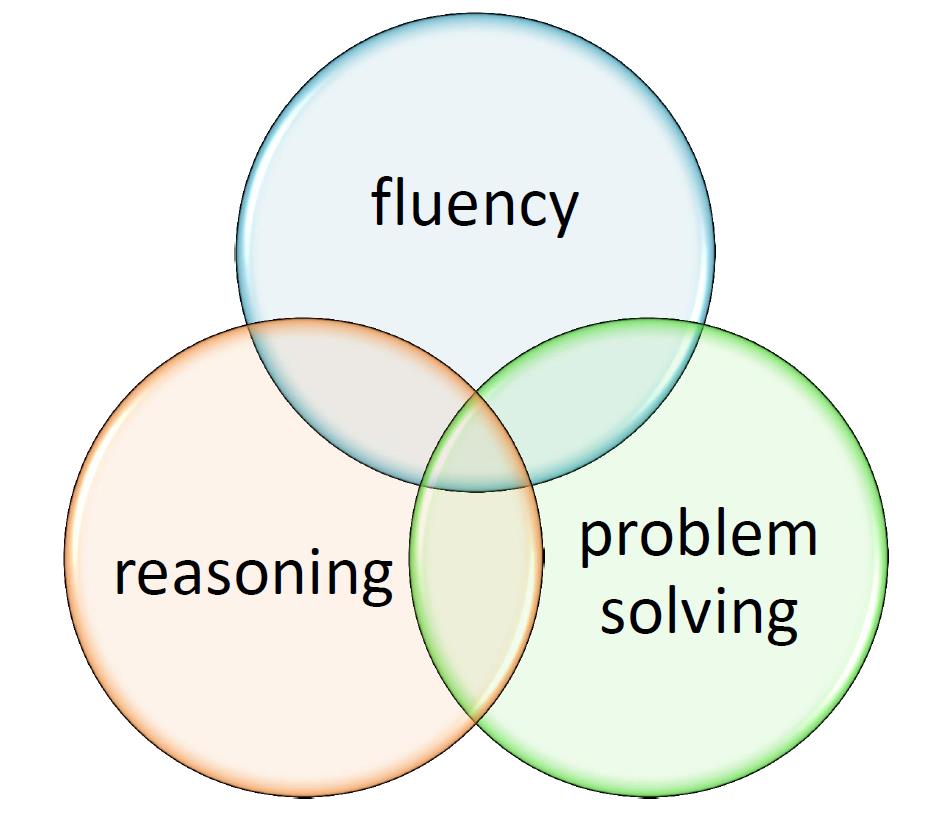Mathematics

Vision
Mathematics is a creative and highly interconnected discipline that has been developed over centuries, providing the solution to some of history’s most intriguing problems. It is essential to everyday life, critical to science, technology and engineering, and necessary for financial literacy and most forms of employment.
A high-quality mathematics education therefore provides a foundation for understanding the world, the ability to reason mathematically, an appreciation of the beauty and power of mathematics, and a sense of enjoyment and curiosity about the subject. (National Curriculum, 2014)
Maths at St John’s
We develop our pupils’ sense of enjoyment and curiosity about mathematics through practical, stimulating and creative teaching. As mathematics is such an important life skill, we have not only embraced the new curriculum, but have introduced a new ‘Mastery’ approach to our lessons.
The ‘White Rose’ scheme of learning is taught across the school, allowing pupils to spend longer on key mathematical concepts, most noticeably, number. During these longer units, pupils will see mathematics in a real life context, before moving at an appropriate pace from the concrete/pictorial approach.
Quality questioning underpins our philosophy for teaching mathematics. Questions are open ended and used as a basis for further questioning, to unpick misconceptions and deepen the children’s knowledge and understanding. The questions enable teachers to adapt their teaching to the needs of the children offering them opportunities to exceed expectations and add depth to their understanding.
We provide a range of reasoning and problem solving activities which are weaved throughout each aspect of mathematics and help give it a real life context. This helps children to think critically, look at all of the possibilities, identifying patterns and rules which they can apply to other contexts.
Maths curriculum links in the wider curriculum
Maths Aims
The mathematics curriculum at St John’s Primary School embraces this principal and aims to ensure that all of our children, from EYFS to year 6 are fluent in the fundamentals of maths, are able to reason mathematically and become confident problem solvers.
Fluency
In our school we ensure that children become confident in the two types of fluency.
Conceptual fluency
e.g. exploring five strands of place value, what an equivalent fraction is and identifying features of different representations of data.
Procedural fluency
e.g. +- x ÷ calculation methods linked to whole numbers, fractions and decimals and exploring step by step methods.
Children at St John’s will be given regular opportunities to recall known facts, develop number sense, know why they are doing what they are doing and know when it is appropriate and efficient to choose different methods and will apply skills to multiple contexts e.g. x by 10 to convert units of measurements.
To ensure that children have accurate recall of facts and methods we give high priority to practise and consolidation. We keep this fluency ‘bubbling’ through regular practice to ensure children do not forget e.g. Basic skills sessions and mental maths sessions. We do this through the children selecting and choosing an appropriate method/strategy e.g mentally, jot or annotate or choosing an expanded or compact written method.
Reasoning
In our school we ensure that children become confident in mathematical reasoning through providing opportunities for them to:
Conjecture relationships and generalisations e.g. if I add an odd and an odd number it will always result in an even number or all quadrilaterals have 4 right angles – true or false?
Developing an argument, justification or proof using mathematical language e.g. prove it, justify, convince me, how can you work it and how did you work it out?
Reasoning twists – this is explored through challenges such as: alike and different, odd one out, true or false, spot the mistake and sometimes, always or never true. These reasoning challenges can be adopted or adapted for any strand of mathematics: number, measurement and geometry.
Problem solving
Problem solving requires the children to be secure in and build upon conceptual understanding (fluency) and mathematical thinking and language (reasoning) to help solve sophisticated problems in unfamiliar contexts.
We explore the five types of problem solving in different strands of mathematics –
- Two and three step word problems including bar model
- Finding all possibilities
- Finding rules and describing patterns
- Diagram problems and visual puzzles
- Logic problems
Maths Ambassadors
We have ten maths ambassadors this year, two pupils each from Year 2, Year 3, Year 4, Year 5, and Year 6
They were chosen due to their love of maths and they have the important job of raising the profile of maths within the school.
Target Setting
In line with St John's assessment arrangements, in maths, pupils have individual targets which they set alongside their teachers and review regularly to ensure awareness of how to move forward in their learning and can take ownership of their progress. For more information, see the assessment arrangements page.
- Addition calculation policy
- Division calculation policy
- Multipilication calculation policy
- Subtraction calculation policy

